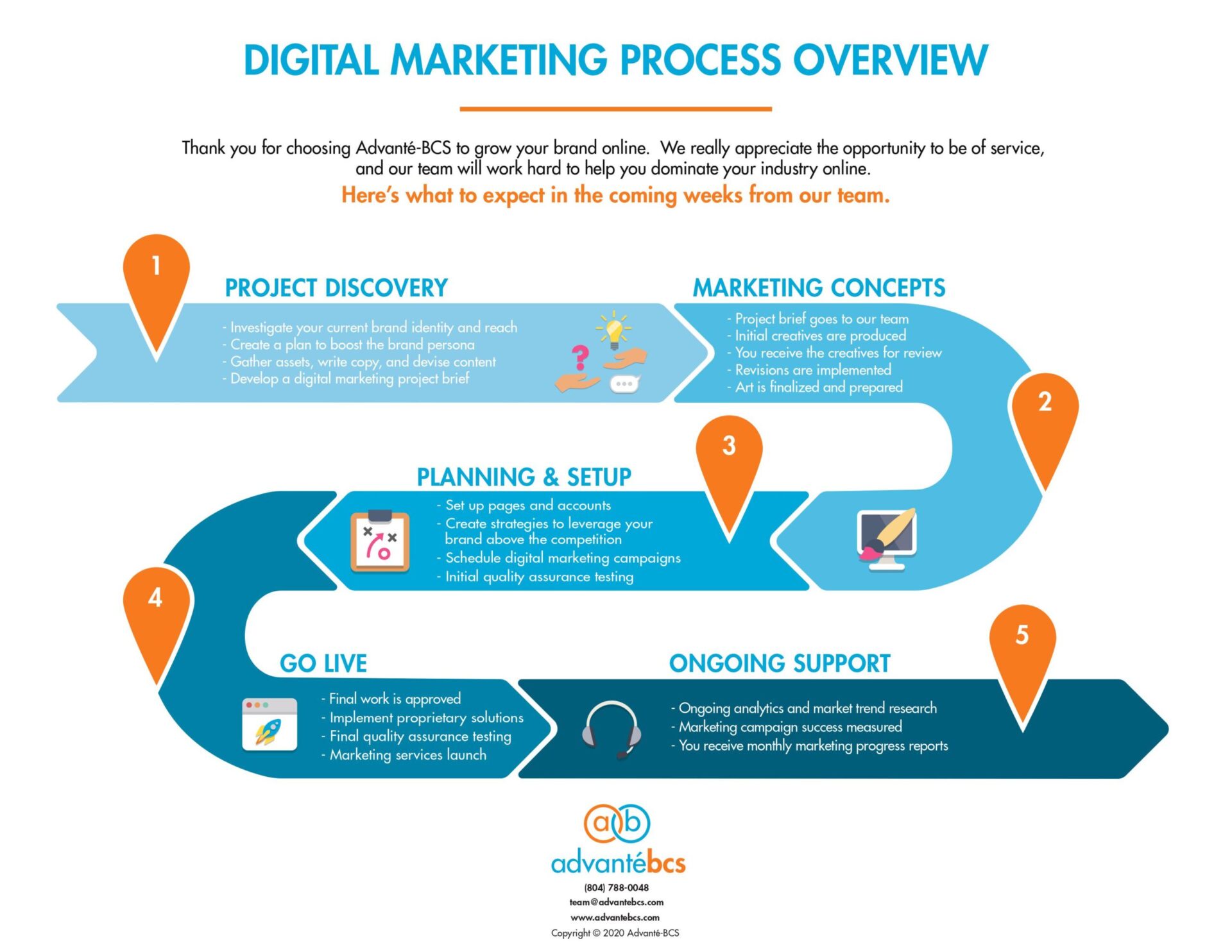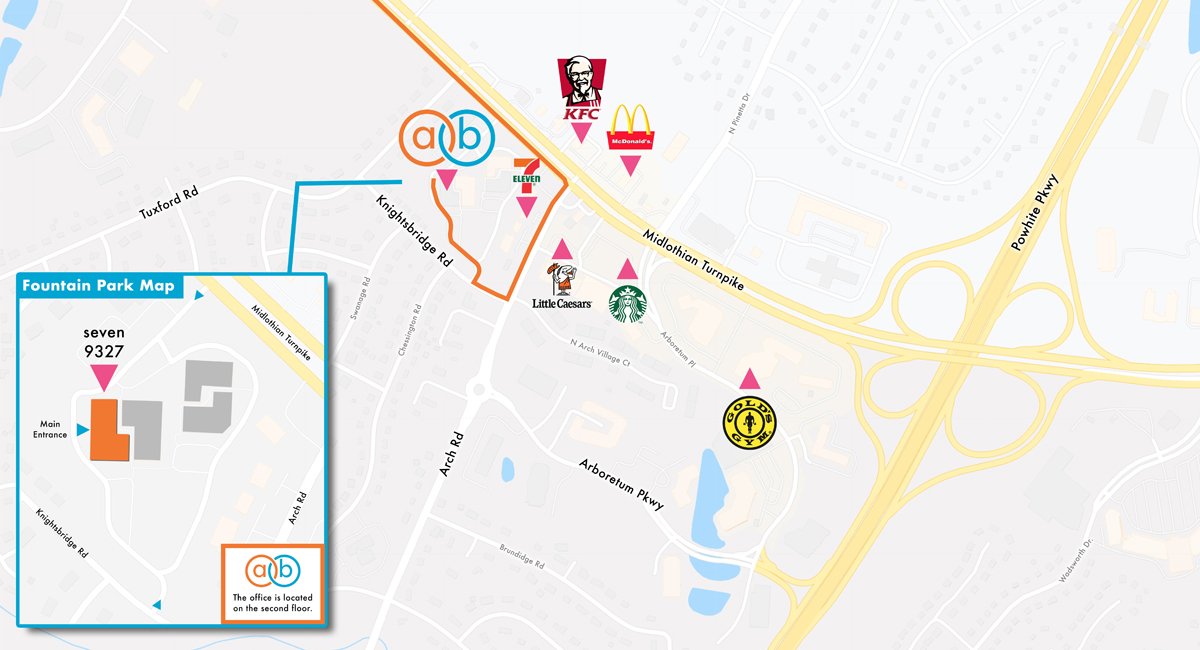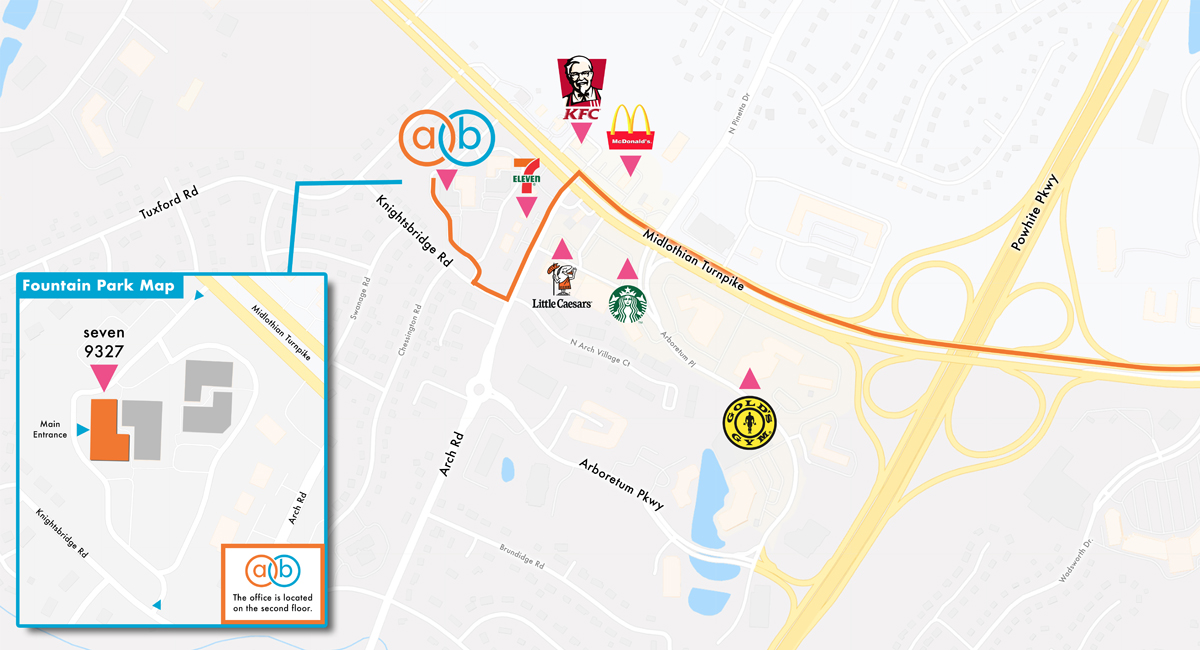
When you visit a website, you expect it to have the information you are looking for and function well without navigating issues or slow loading speeds. These factors can lead to high bounce rates and indicate page problems.
If visitors keep leaving your website, it means they didn’t find what they were looking for or the page wasn’t optimized for the user experience. This also means visitors aren’t engaging with your content, looking for more content, or converting into leads.
What is Bounce Rate?
Bounce rate is the percentage of people who visit a page on your website and leave that same page. This means they do not engage with your content, click on anything, or go onto another page.
Exit rate, on the other hand, is the percentage of people who leave a page on your website after visiting several pages. A visitor may have clicked on an internal link, read the article, and then closed their browser, increasing that page’s exit rate.
How to Find Your Bounce Rate
There are tools like Google Analytics that you can check to see your website’s bounce rate or calculate it manually with your website metrics. A page’s bounce rate is calculated by dividing the number of single-page visits by the number of total visits.
Bounce rate = single-page visits / total visits
Bounce rates vary across industries, so you’ll want to look at competitors for a realistic range. On average, e-commerce and retail websites have a bounce rate that ranges from 20% – 45% while websites that revolve around news or blogs have a bounce rate anywhere from 65% to 90%.
How to Reduce High Bounce Rates
Now that you know what bounce rate is and what can cause it, here are four ways to reduce your website’s bounce rate.
Optimize Mobile User Experience
Business owners need to prioritize mobile optimization as more consumers access websites on their phones. People spend over 5 hours a day on their mobile devices and check them at least 96 times per day — that’s about once every ten minutes.
Start with the basics to ensure your website is mobile-friendly. Use text that is easy to read and doesn’t get cut off on any pages, use clear compressed images, simplify forms with autofill options, and add compelling call-to-actions (CTA).
Improve Site Speed
Website speed has a significant impact on bounce rate as well as conversions. In fact, the first five seconds of load time has the highest impact with e-commerce conversion rates decreasing by an average of 0.3% for every additional second it takes a page to load.
Loading speed also plays a crucial role in search engine optimization (SEO) for both desktop and mobile searches.
For a responsive website that enhances the user experience (UX), optimizing page speed can be accomplished by compressing images, reducing unnecessary redirects, and enabling browser caching to store information rather than reloading every time a user visits the site.
Maximize Internal Links
Don’t overlook internal links, which are hyperlinks that direct users to different pages on the same website. These are not the same as external links, which direct users to a page on a different domain. However, both types of links are important for SEO and improving bounce rates.
Internal links not only help search engines understand the structure of your website, but they help visitors navigate your site by connecting two pages. This can help your bounce rate by making it more likely for your visitors to find what they need.
Publish Relevant Content Frequently
How many times have you clicked on a website when looking for something specific and couldn’t find the information on the website?
Did you spend more time searching on the page or return to the search results to try another site?
The quality of content can make or break a user’s experience.
Your content needs to be relevant to your target audience, clear, and engaging. To keep users engaged, frequently publish high-quality content that’s helpful and incorporate different forms of content like videos and infographics.
Consider the length of content too. If it’s a wall of text, people are less likely to read. Keep content to short paragraphs and use bullet points for key takeaways.
Don’t forget keywords that correlate with your content and meta descriptions that are useful for search engine users seeking out topics that relate to your content or business. The last thing a user wants is to visit your website and not find the information they were looking for.
Stop losing potential sales and book a discovery call with our Advanté-BCS team to learn how we can optimize your website and keep visitors on your pages longer.




























